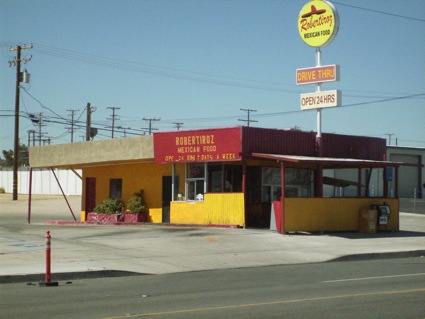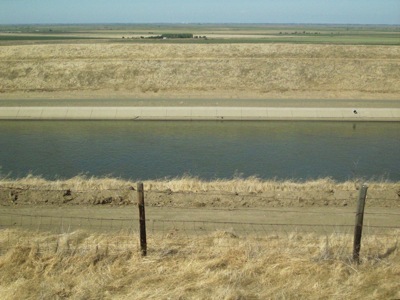Walking down the beach this afternoon, I paused to watch a Herring Gull flying along with something in its mouth. It landed near me, and dropped a good sized crab on the sand. The crab landed on its legs and started to scuttle away, but after fumbling once, the gull expertly flipped the crab on its back. The crab weakly waved its legs in the air while the gull tilted its head on one side so it could look at the crab with one eye.
I walked over so I could better see the crab. The gull kept an eye on me, and when I got within ten feet of it, it flapped its wings, rose in the air, and settled down twenty feet away, screeching at me. The body of the crab was a good four or five inches across — perhaps a foot across with the legs. With the toe of my shoe, I flipped it over to get a better look. The upper side of the carapace was a reddish-brown color, so it was probably Cancer irroratus or Cancer borealis. The crab plowed its head end into the sand and began to move slowly and feebly along. I walked about twenty feet away, and turned to watch.
When I was a safe distance away, the gull flew back in. Again, it expertly flipped the crab onto its back. Then it stabbed sharply into the crab’s vulnerable underside; the crab’s legs waved feebly; the gull stabbed again; and once more, on this last stab bringing a chunk of flesh up. The crab’s legs twitched a little. The gull flipped its head back and swallowed the piece of flesh, then stabbed again and again. The gull was a messy eater, and little chunks of carapace and flesh and bits of leg got scattered around on the sand. The crab had stopped moving by this point. I left the gull to its dinner, and walked on down the beach.


